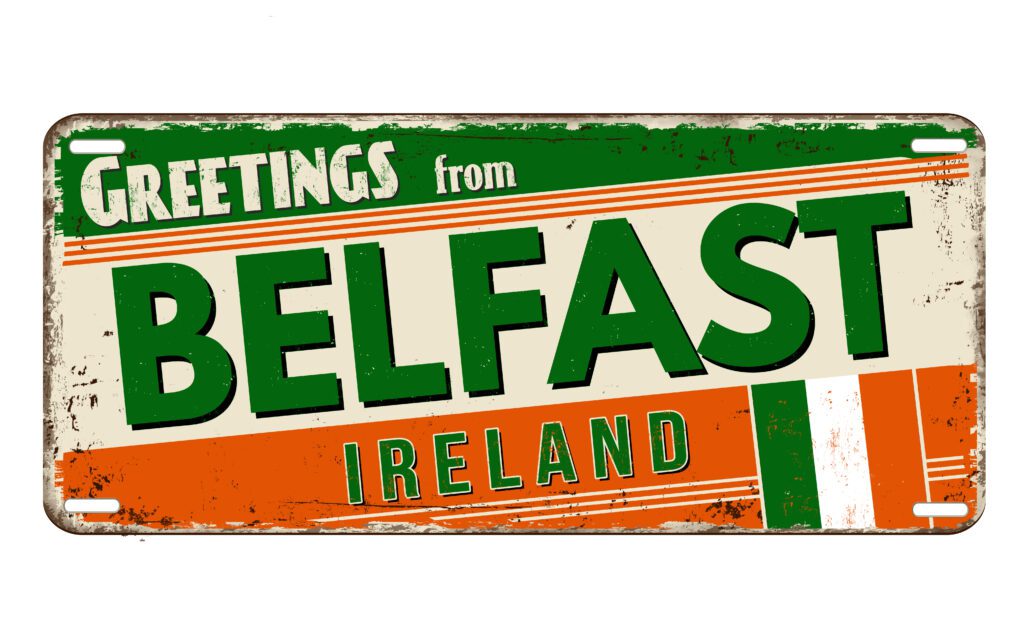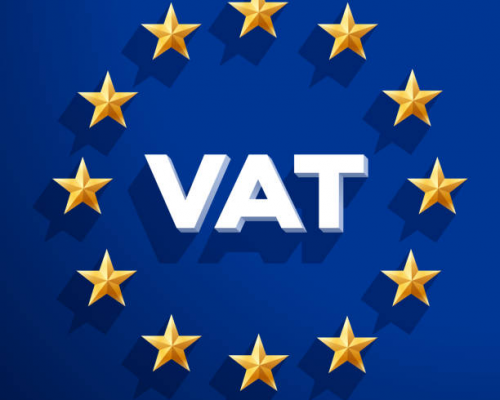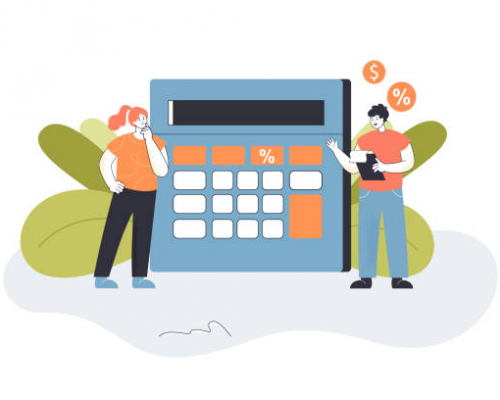

The countries we suggest for obtaining an intra-community VAT number, in the least restrictive way, are :
VAT-intra-community
Since January 1, 2020, new rules on EU trade have come into force, some of them immediately implemented since that date, others transposed later by law no. 49/2020, of August 24, but with retroactive effects.
Council Directive (EU) 2018/1910 of December 4, 2018, which amended the VAT Directive (Directive 2006/112/EEC), proposed the adoption by Member States of measures improving the rules applicable to cross-border transactions that should have been transposed before December 31, 2019.
These measures, known as the VAT “quick fixes” legislative package, include the following:
- A new role for the purchaser’s VAT identification number in the context of exempt intra-Community supplies;
- Approval of a legal provision describing the supporting transport documents eligible to presume the intra-Community transport of goods for the purposes of applying the VAT exemption on intra-Community supplies by Council Implementing Regulation (EU) 2018/1912 of December 4, 2018, which amended VAT Implementing Regulation (EU) no. 282/2011 – “Regulation”). This rule came into force on January 1, 2020 ;
- Adoption of a simplification scheme applicable to on-call stock devices;
- Implementation of a common rule determining which transmission in chain transactions is to qualify as a VAT-exempt EU supply.

- New role for the purchaser’s VAT identification number
The inclusion in the VAT number validation system (VIES system) of the purchaser’s identification number issued by a Member State other than that from which the goods are dispatched, combined with its communication to the seller of the goods, become substantive conditions necessary for the application of the exemption for the transfer of goods provided for in Article 14(1)(a) of the VAT arrangements applicable to intra-Community transactions (RITI), in addition to proof of the intra-Community transport of the goods. Until now, registration with the VIES was only a formal condition for this exemption.
This exemption also ceases to apply if the seller fails to submit the corresponding recapitulative statement, except in duly justified cases where the taxable person remedies the defect by submitting the missing statement.
Although many taxable persons already comply with this procedure, the entry into force of this rule, adapted to Article 14(1)(a) of the RITI, reinforces the importance of confirming the purchaser’s registration in the VIES system, as failure to comply with this requirement may result in the obligation to charge VAT on the corresponding intra-Community supply of goods, as well as to submit the corresponding recapitulative statement.
- Proof of transport for intra-Community supplies of goods
Proof of intra-Community transport is the main substantive condition for the application of the VAT exemption to intra-Community supplies of goods referred to in Article 14(1)(a) of the RITI.
These rules had no legal provision in our legislation, and the tax authorities (“AT”) issued ad hoc administrative instructions to clarify the documents deemed appropriate for this purpose.
However, in order to deal with fraud affecting these operations, article 45-A of the aforementioned regulation now provides specific rules for the presumption of intra-Community transport, whether responsibility lies with the seller or the buyer of the goods. Circular letter no. 30218/2020, dated February 3, reproduces these rules.
These new rules impose a demanding control of transport documents. When the seller is in charge of transport, only two documents are required. On the other hand, when the purchaser is responsible for such transport, three documents are required to realize the aforementioned presumption. This situation makes the task of taxable persons even more difficult, since the majority of documents are under the control of the purchaser in the latter case, whereas it is the seller of the goods who must determine the application of the VAT exemption.
In this respect, we would point out that the TA has specified in its instructions that in order to be considered valid supporting documents, the CMRs must be signed by the respective purchaser. Furthermore, the TA also specifies that the corresponding supporting documents must be issued by independent entities, which reduces the available means of proof.

In view of these new rules, we recommend a review of the procedures adopted to confirm compliance with these new requirements applicable to intra-Community supplies of goods.
Where the purchaser is responsible for transport, we recommend that a draft declaration for the supply of goods be attached to the invoice, to be returned by the purchaser with the supporting documents needed to certify receipt of the goods. At the same time, the purchaser of the goods should be warned that if the declaration is not returned before the tenth day of the month following delivery of the goods, VAT will have to be settled and the corresponding financial compensation will be deducted from any credits.
Provisions relating to on-call inventory
The simplification scheme set out in article 7-A of the RITI by law n. 49/2020 of August 24 , allows non-resident taxable persons who do not have a permanent establishment in the territory to waive VAT registration when transferring goods from another member state to the territory within one year, to another taxable person, provided that they are aware of their identification at that time and that other conditions are also met.
In this case, a single intra-Community transfer of goods is deemed to exist when ownership of the goods is transferred to the recipient within this one-year period.
According to circular letter no. 30225/2020, dated October 2, this one-year period is counted from the date of arrival of the goods in the Member State of destination.
If the taxable person receiving the goods is replaced, the situation is maintained under certain conditions, and if the goods are returned to the Member State of origin before the end of the one-year period.
If, after one year, the power to dispose of the goods is not transferred as agreed, or if, within this one-year period, the goods (i) are transferred to a person other than the one entered in the register indicated below, (ii) are dispatched outside the European Union or to a Member State other than that of origin, (iii) are destroyed or stolen, or (iv) if other conditions are no longer met, the non-resident taxable person is deemed to have made an intra-Community acquisition of goods in the territory in respect of which VAT is due and to which the respective declaration and payment obligations apply.
Actions
The application of these provisions requires the completion of certain control formalities by both the seller and the purchaser of the goods.
As far as the seller is concerned, in addition to declaring the transfer in the recapitulative statement for the period during which transport of the goods begins, the seller must also keep separate accounts for goods transferred to another Member State under this scheme, completing them with the information listed in paragraph 10 of Circular Letter no. 30218/2020, dated February 3 (reproducing article 54-A of the regulation). If the seller is assisted by a custodian or warehouseman, the latter must also check part of this information.
With regard to the submission of the recapitulative statement, and given that this provision came into force on January 1, 2020 and that the new model recapitulative statement adapted to these new rules was only approved on September 10, the respective statements which have not been submitted or which need to be replaced for this purpose, must be submitted by December 31, 2020, as indicated in Circular Letter no.. 30226/2020, dated October 2.
The purchaser of the goods must also record in his own sub-accounts the goods he receives under the present scheme, in order to enable control of its application, supplemented also by the items listed in point 10 of Circular Letter no. 30218/2020, dated February 3 .
Recommendations
In view of the fact that many VAT numbers of non-resident entities have been requested to deal with these situations in the absence of a simplification rule in domestic law, we suggest re-evaluating these VAT numbers in order to confirm the possibility of their cancellation if the conditions necessary for the application of the present scheme are met.

Chain transactions
These new rules aim to determine in which Member State the intra-Community transfer of VAT-exempt goods is deemed to take place when there are successive transfers of goods involving at least three parties and the goods are dispatched from one Member State to another, i.e. when there is only one intra-Community transport.
The intra-Community supply is assigned to the “intermediary taxable person” (or “intermediary operator” within the meaning of the above-mentioned directive), and the remaining transactions in the chain are classified as internal transfers. This taxable person must have the VAT number of the Member State to which the intra-Community transport of the goods and, consequently, the transfer of the same nature is assigned. The “intermediate taxable person” cannot therefore be the first supplier in the chain.
This measure results from the adoption of a rule common to all Member States, reflecting the case law of the Court of Justice of the European Union in this area, transposed into our domestic law in article 14, paragraphs 3 to 5, of the RITI.
Recommendations
We stress that these chain transactions must also comply with the rules on VAT identification of the person acquiring the goods and proof of transport set out above.
